Connecting the washing machine to the water tank
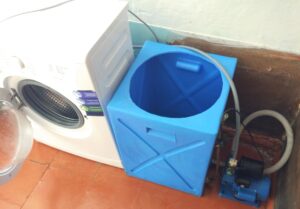 Houses in rural areas and dachas are often not connected to the water supply system, and in urban households there is not always running water. But it is possible to install automatic washing machines in them. To operate the equipment, an electrical network with a voltage of 220 V and water supply are required. A sewer drain is not required. In poor housing, you can connect the washing machine to a water tank. Let's figure out what the installation principles are.
Houses in rural areas and dachas are often not connected to the water supply system, and in urban households there is not always running water. But it is possible to install automatic washing machines in them. To operate the equipment, an electrical network with a voltage of 220 V and water supply are required. A sewer drain is not required. In poor housing, you can connect the washing machine to a water tank. Let's figure out what the installation principles are.
We'll collect everything you need
Before you begin installing an automatic machine in a house without running water, you need to prepare tools and materials. To complete the work you will need:
- adjustable wrench;
- building level;
- screwdriver;
- pliers;
- yardstick.
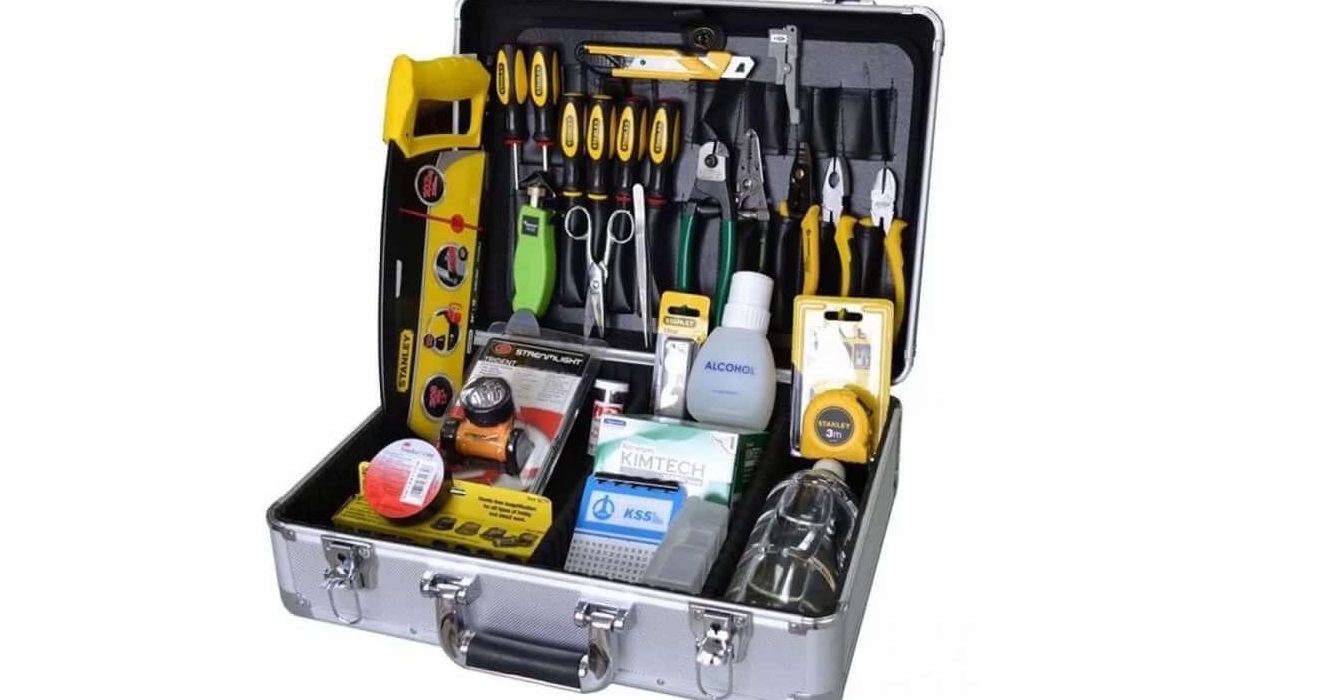
If the listed tools are found in almost every home, then you will have to go to a specialized store to get the materials. You will need the following list:
- ¾ inch tee tap;
- sealing tape;
- flow filter;
- clamps;
- rubber seals;
- water hoses;
- solenoid valve;
- injection pump.
Important! The diameter and length of the hose, valves and tap are selected individually. Take into account the parameters of a specific washing machine model.
The connection process always has nuances that may be impossible to foresee.
We carry out the installation
Equipment produced by various manufacturers has its own characteristics. Therefore, when describing how to connect a washing machine to a water tank, it is advisable to give basic operating principles. Details depend on the technical characteristics of a particular model. Let us describe the main stages of connecting the machine.
- The device is placed on a hard, level surface near the power source.
- A metal or plastic tank is installed near the washing machine. The volume of the water tank must be at least 50 liters.
- The tank is located at least 50 cm above the floor level. A stand should be mounted under it. You can use wooden blocks for this.
- It is advisable to equip the tank with a hinged lid. This will make it more convenient to pour water into it.
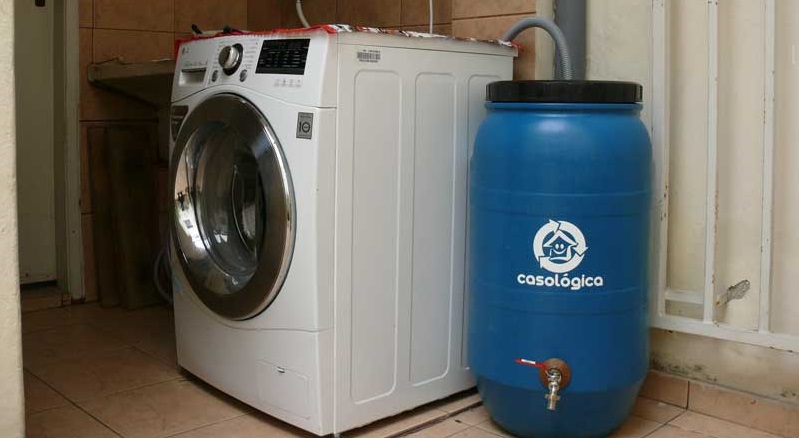
- A ¾-inch hole is made in the wall of the tank at the bottom for the tap, first install the sealing rubber, and then the tee tap itself.
- Connect a pressure pump and hose to it.
- Through the adapter, the pump hose must be connected to the existing hose of the machine.
- To ensure reliability, the connections are tightened with clamps. To do this, take parts made of plastic or metal.
- Under the top cover of the machine, which is previously dismantled, an inlet valve is found. To increase throughput, seals are removed from it.
- A flow filter is placed in front of the valve.
Having completed all of the above steps, proceed to testing, checking the tightness and reliability of all connections, and the proper operation of the washing machine. The lack of water supply in the house is not an obstacle to installing an automatic washing machine. Even in such conditions, you can wash clothes quickly and efficiently. The main thing is to correctly connect the equipment to the water tank.
Interesting:
Reader comments
- Share your opinion - leave a comment
Categories
Washing machine repair


For buyers

For users

Dishwasher





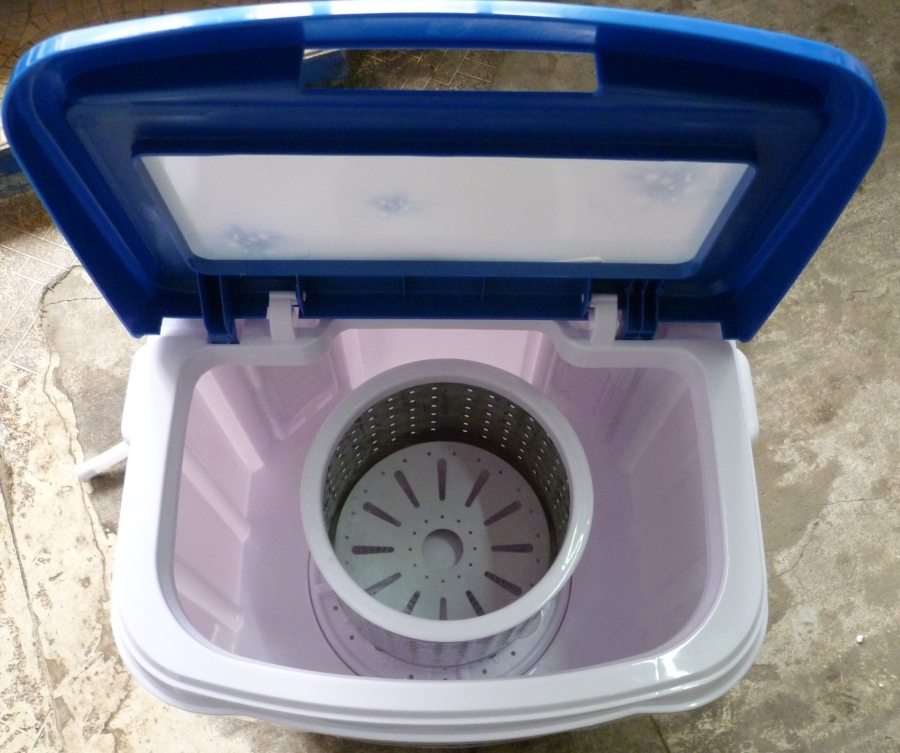
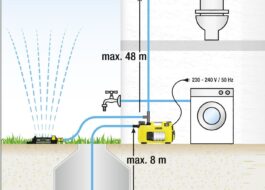










Add a comment